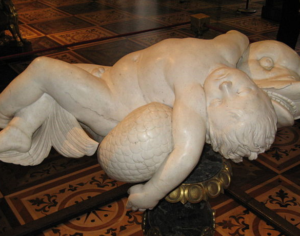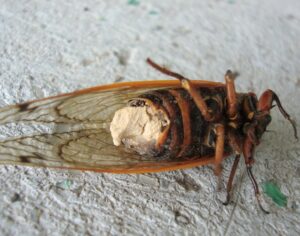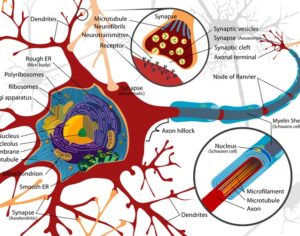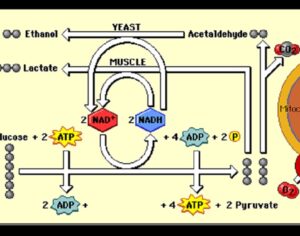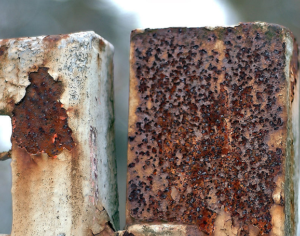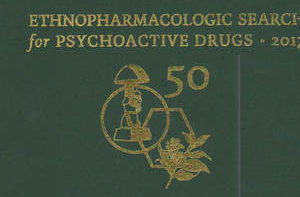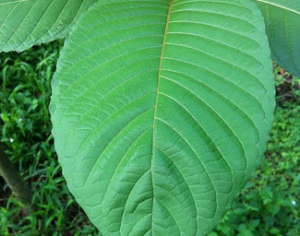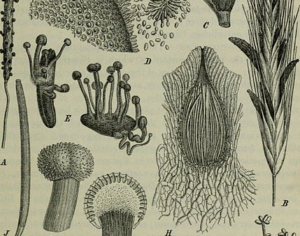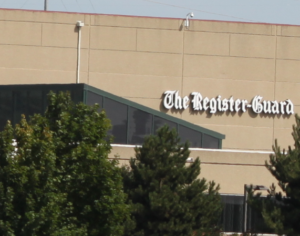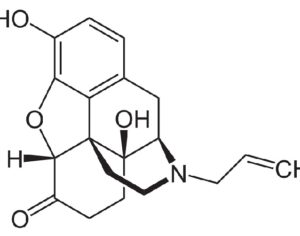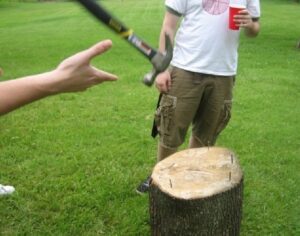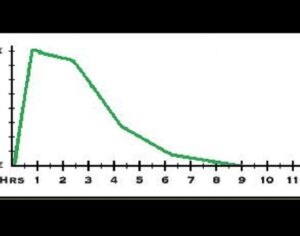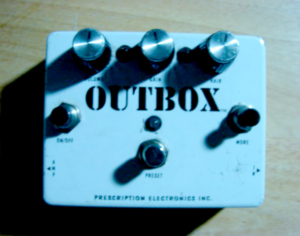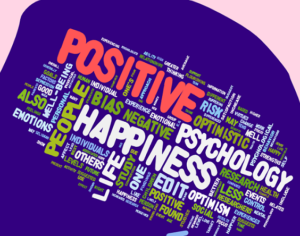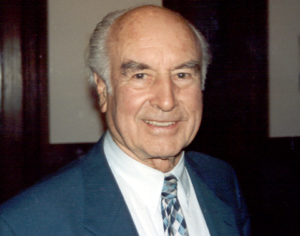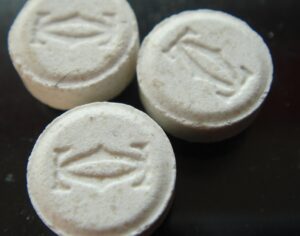Slice of PLOS: psychedelics in the lab and clinic: making up for lost time
“Much of the recent work with psychedelics picks up where early psychiatric pioneers left off, in many cases confirming what researchers hypothesized but lacked the tools to test… but that promise won’t be realized until regulators change the restrictions on psychedelics and recognize their potential as a medicine…now scientists have the tools to figure out how psychedelics do that by interrogating the underlying brain mechanisms in a reproducible, scientifically valid way — if only we let them.”
Experimental psychiatrist Joel Elkes took LSD with a small group of volunteers in 1952, the first to do so in England. He noted in a retrospective commentary that observations from these experiments led him to propose that the drug selectively inhibited the organization of sensory information through a serotonin-mediated receptor. Elkes was “remarkably prescient,” Nutt says, “because that’s what we have shown.” … To better understand how ayahuasca affects mood and perception, Palhano-Fontes and Araujo have been studying its effects on the brain in healthy people, using fMRI. They reported… that ayahuasca caused reduced activity in what’s known as the default mode network, a “connector hub” of brain regions that tends to be more active when people are resting or daydreaming. It’s been associated with sense of self, and emotional and cognitive processing. Studies have associated increased activity in this network with schizophrenia, depression, social phobia and several other psychiatric conditions. This increased activity has also been linked to intense rumination and obsessive thoughts. One theory holds that by suppressing the default mode network, psychedelics may help release the brakes on severely constrained thinking, opening the door to more effective psychotherapy.
Original Article (PLOS):
Slice of PLOS: psychedelics in the lab and clinic: making up for lost time
Artwork Fair Use: Gough, John Bartholomew, 1817-1886



